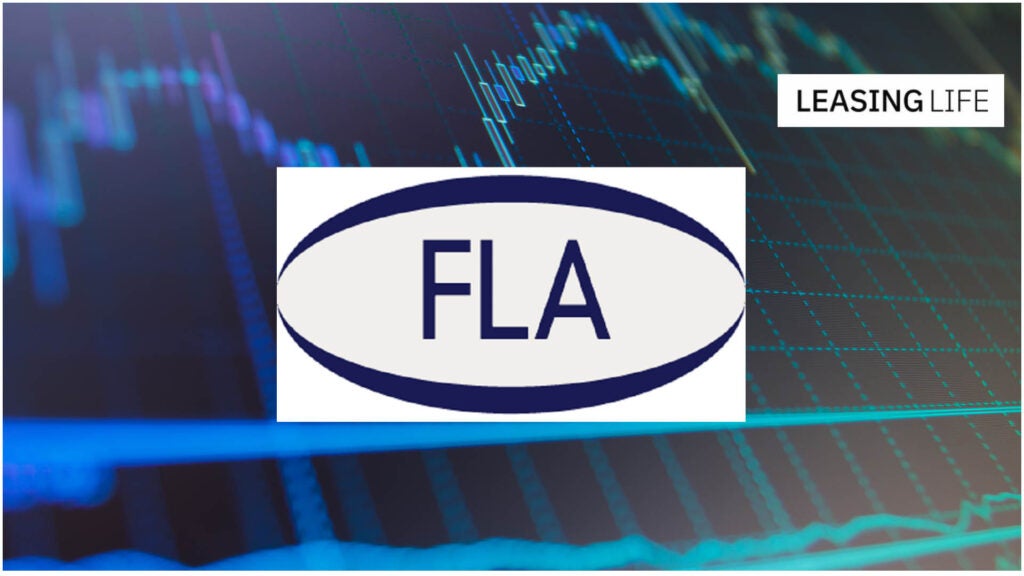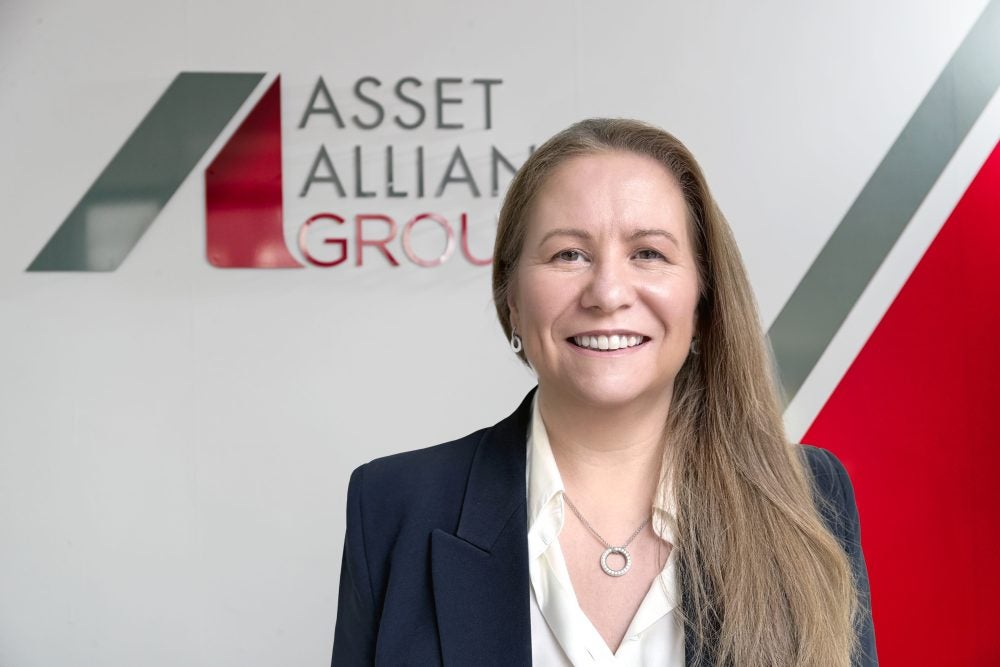
While the term ‘big-ticket’ embraces a wide range of leasing activities which, due to the type of asset, are not only large in value but also require extremely complex lease structuring and specialised documentation and can include oil and chemical equipment and integral production lines (often including immovable plant and buildings), much activity centres on aircraft, ships and rolling stock.
Apart from the obvious risk of credit quality, key concerns tend to be in the area of cross-border structures (such as conflicts of law), with each asset class presenting its own unique risks.
Protection of asset value – specifically in the area of high-value operating leases – is of key concern, so the state of insurance law and regulation is of great interest. Many large assets are movable and capable of being sub-let, so interested parties needs to have regard to the risks of asset location and control as well as ensuring that geopolitical concerns are reflected in the scope of permission, which includes factors such as sanctions lists.
Tracking maintenance standards and asset quality take on significant dimensions. Correct maintenance and accurate records are paramount, both in terms of asset value and also in terms of permission to operate. Lost records can cost substantial sums to recreate.
Many of the larger assets have strict regulatory risks associated in terms of operation, licensing and certification, which can add material dimensions to the structure.
It is also important to realise that the assets are rarely just one item. For instance, an aircraft consists of the frame, the buyer-
furnished equipment (which is purchased by the buyer and given to the aircraft manufacturer to be installed before delivery), the avionics and the engines.
How well do you really know your competitors?
Access the most comprehensive Company Profiles on the market, powered by GlobalData. Save hours of research. Gain competitive edge.

Thank you!
Your download email will arrive shortly
Not ready to buy yet? Download a free sample
We are confident about the unique quality of our Company Profiles. However, we want you to make the most beneficial decision for your business, so we offer a free sample that you can download by submitting the below form
By GlobalDataThese assets are very rarely out of stock so the risks associated with construction and manufacture need to be taken into account as well as international and multi-supplier considerations.
It has often been the case that these deals are dealt with bilaterally and not distributed via syndication or other means. The risk analysis involved for a single asset or single credit deal in these transactions is necessarily a very demanding process, made more so when the underlying asset future values and usage need to be considered carefully. High-quality risk decision analytics and processes, including a deep understanding of the subject asset, are the cornerstone of this market.
One asset finance and leasing industry expert who has been involved in major aerospace and marine deals over a number of decades observes that with the move away from the more tax-based market, the focus is now more on structural efficiency and asset management.
He says: "In the international markets (less so in the UK) there has been more tendency to build-in the use of capital markets and related debt and we have seen massive appetite from bond investors for aircraft leasing, for example. The changes to risk capital frameworks have also had material bearing on structural considerations – the advent of Basel III and the approach to risk capital has impacted perceptions of value and return, although that could be applied to most lending products."
He accepts that a low interest rate environment and liquidity-rich investors provide a challenge, while adding that leasing activity thrives where there is a rationale for risk sharing (such as operating leases and equivalent) or very specific structuring needs which do not fit into the relatively less flexible structure of the mainstream public debt providers or private investors.
"The key differentiator is the understanding of the underlying asset and its value to the lessee enterprise and its subsequent value to others, something that more traditional debt investors do not study in the same level of detail."
The key factor in aircraft leasing is that the asset is very mobile, so there is the issue of being able to get access to it in the event of a default, explains Dave Andrew, CEO of the ASL Aviation Group. This risk is mitigated by ensuring that proper mortgages are registered against the aircraft so no one can deregister or change the stated registry of the asset without the consent of the owner or lender.
He says there has been a lot of work done over recent years under the Cape Town Convention, the aircraft protocol of the Convention on International Interests in Mobile Equipment. This facilitates asset-based financing and leasing of aviation equipment by reducing a creditor’s risk and enhancing legal predictability in these transactions, including in the case of a debtor’s insolvency or other default.
Deep knowledge of the asset and extensive experience are essential, says Robert Wurth, CEO, Raiffeisen Bank International Leasing. "Financing a large asset like an aircraft means a complex financing structure where more than 30 individual contracts are involved and have to be verified," Wurth says. "You have to be well established in the market with close contacts to your business partners."
He says deal structures have remained largely unchanged in recent years. While disagreeing with the suggestion that there is a correlation between the current bond market and demand for big-ticket leasing, he also acknowledges that demand for big-
ticket financing is restrained and that Raiffeisen Bank International Leasing is becoming more cautious in some markets. "We are restrained due to the present political and economic situation in Russia and Ukraine."
Andrew accepts that low interest rates have made access to financing cheaper and easier and increased the appeal of new aircraft. He says there are many types of leasing structure, from plain vanilla deals to complex transactions across different jurisdictions that bring tax benefits to lenders or owners.
"Most activity relates to the way the asset is funded before it leased to the operator," says Andrew. "These developments have benefitted lease companies as well as operators – in some cases they have undoubtedly improved lease margins, while allowing operators to access a fleet they would not normally be able to afford."
According to Andrey Konoplev, CEO, OJSC VTB Leasing, there are several vital and common elements in big-ticket deals, including the register option, asset owner, tax issues and financing.
"The register can significantly influence the operating expenses and the residual value of an asset," says Konoplev. "Political issues applicable to some jurisdictions can critically impact an asset’s operational pattern, particularly for aircraft or ships."
He explains that ownership regulations concerning vessels and aircraft are very different. For the latter, only the resident of the register-holding country can be the owner, but there are no such restrictions in relation to ships. Therefore, special purpose entities are a common component in the deal structuring.
"On the issue of tax, the number of counterparties of different tax residency, complex tax rules for international deals and tax shelters provided by some jurisdictions can dramatically affect the effectiveness and profitability of a lease deal for both the lessor and the lessee. Usually one of the Big Four or another internationally-known tax adviser is engaged to ensure all tax matters are clear and agreed by all parties in advance."
The wide variety of fund sources provides extensive opportunities for deal structuring. These options including funding by bonds or other public market securities, borrowing from foreign financial institutions, credit facilities granted by an asset’s producer or an internal loan within the lease company.
Konoplev says: "Overall, there have not been significant changes in deal structures, except for the impact of EU and US sanctions against Russian companies and financial institutions. Aircraft and trains are still the main focus of leasing transactions in Russia, although due to the current crisis the conclusion of new deals has been suspended."
Structuring a lease of a train raises major questions as to the right mix of equity, mezzanine and senior debt and finding the right mix in terms of risk and return for each class of financing is key. That is the view of Christoph Katzensteiner, CEO, European Locomotive Leasing, who adds that return expectations sometimes do not fit with the conservative but stable and long-term strategy for the rail industry.
Katzensteiner says: "The second major hurdle is to find the right assets. There is not one type of train or locomotive for which standard appraisals or residual value price lists would be available. Europe is still a very fragmented rail market which requires deep market understanding and asset know-how to be able to make a sound and lasting asset choice. This is very different in the much more transparent airline or ship leasing industry."
In recent years, due to negative experiences in some asset classes (for example, ships) and after the financial crises, required equity levels have gone up significantly. Banks’ appetite for risk has fallen to practically zero and equity investors are expected to absorb much more risk than prior to 2008.
Katzensteiner says: "Particularly in the case of new leasing ventures it’s also management which needs to invest much more heavily in the company – sweat and financially – to earn credibility even prior to the start of the venture."
Katzensteiner suggests that lessees often do not have (or want) to build up asset know-how. Even with ultra-low interest rates, asset management needs to be carried out by specialists of the lessor and residual value risk is usually something lessees want to avoid. Tapping the bond market helps in the case of already strong credit ratings and balance sheets, but many lessees in the rail industry do not have such strong financials.
"Since the opening of country rail markets is progressing there is also constant demand for train leasing – young companies need leased equipment to get started and grow," says Katzensteiner. "At the same time, big incumbents try to slim down and earn their cost of capital by leasing and not buying. Many European governments have budgetary constraints, which also limit their desire to invest in rolling stock. With a few exceptions all countries go through different phases of rail market liberalisation and provide opportunities for leasing companies at some stage."
Demand for certain categories of aircraft is expected to remain strong, particularly narrow body passenger aeroplanes which are used all over the world, Andrew concludes. "What we have seen is that airlines aim for a 50-50 split between owned and leased, which means that leasing activity should grow in line with overall airline industry growth."
In a recent interview with Leasing Life, Martin Noren, global product manager business area financing – corporates, SEB Retail Banking referred to a slight fall in demand for big-ticket structured leasing, which accounts for approximately 10% of the overall Nordic lease market. He described pressure on margins for this type of business as one of the main challenges facing the lease market in the region.
"There is less demand for big-ticket leasing due to the low interest rate level and the fact that large corporations have a very strong capital base/cash liquidity and are primarily using the currently very attractive bond market to get financing if needed," says Noren.
Christer Olander, director of asset finance, project, export and asset finance at SEB Merchant Banking agreed that big-ticket structured leasing segment would remain under pressure with negative or flat growth in 2015.
Katzensteiner describes the European rail freight leasing industry a s a well-developed sector that has increasingly moved cross-border, while passenger transportation is still much more project based and usually does not go across national boundaries.
Eastern European markets offer a lot of growth potential, while in more mature markets in Western Europe it is technological innovation (such as the European Train Control System or ETCS, a signalling, control and train protection system designed to replace the many incompatible safety systems currently used by European railways, especially on high-speed lines) that is triggering demand for new equipment.
"In addition, environmental and energy concerns in Germany, Austria and the Netherlands provide a boost to demand for new leasing equipment," he concludes.







